12 artifacts with deep meaning that tell their stories (14 photos)
Little-known and seemingly insignificant historical artifacts can have a story worthy of being told and heard. 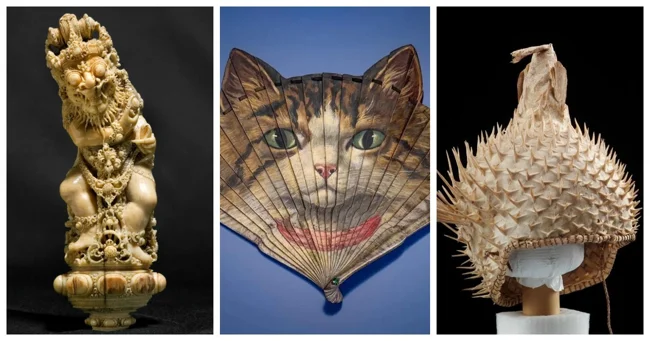
For example, an ancient Roman temple-theater complex discovered by pure chance, a bone dagger handle in the shape of a demon, crafted with eerily realistic precision, and a plate with a scene from family life, demonstrating that universal human problems and humor exist across eras and civilizations.
1. Napoleon's bathroom, featuring a unique built-in bathtub, located in his apartment at the Villa Pisani in Stra, Northern Italy 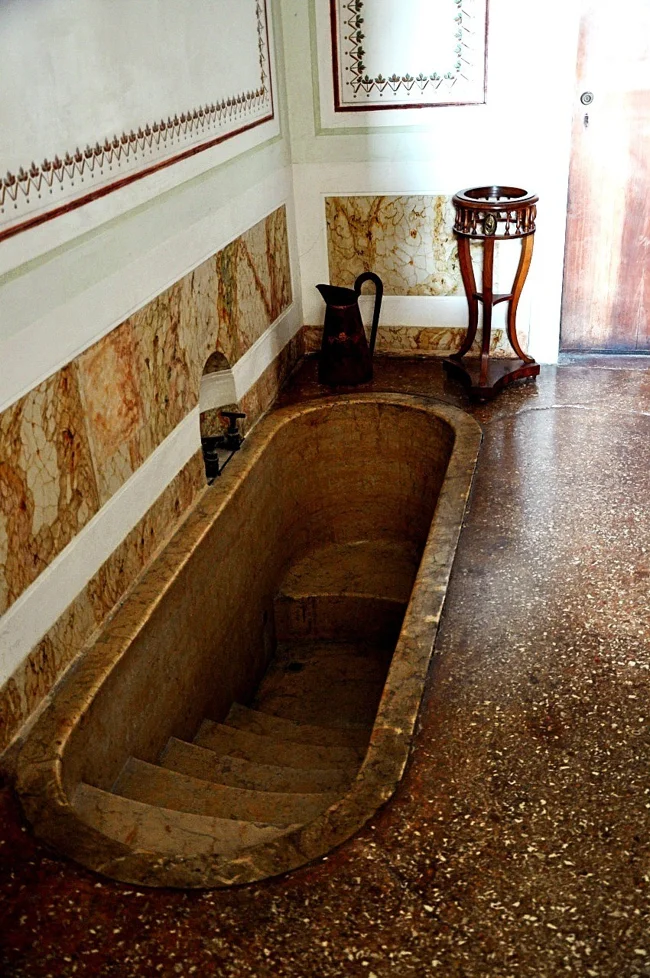
Napoleon was extremely clean by the standards of his time. He bathed in herbal infusions and shaved every day. According to contemporaries, he had very white teeth, carried a personal hygiene kit with him during campaigns, and wore cologne scented with rosemary, citrus, and lavender.
Napoleon's mother instilled in him a sense of cleanliness. She forced him to wash daily, although at the time it was customary to do so once a month. Napoleon retained this habit in military school, where he was sent at age 10.
2. In the Garmsar Salt Cave, you can see the enormous salt pillars that support its roof. 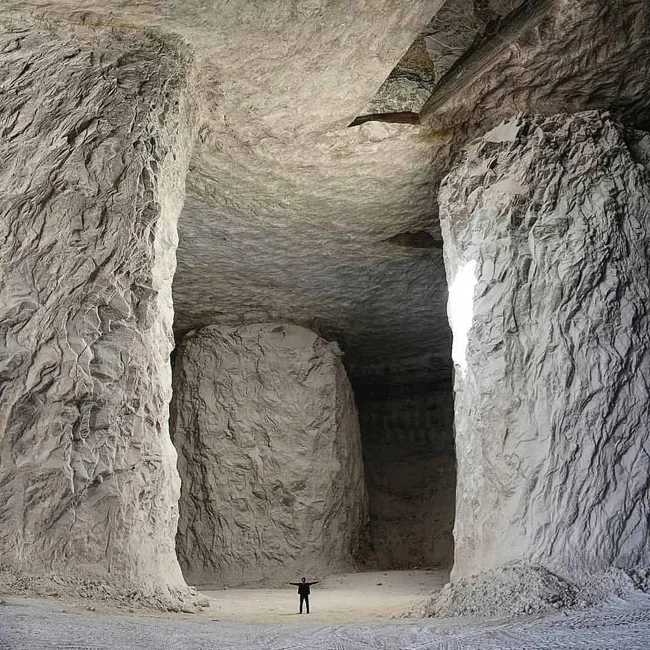
They were formed by the Achaemenid Empire during salt mining between 550 and 330 BC. Located in the Iranian province of the same name, the cave has 27 shafts, and the one pictured is a popular tourist attraction.
3. The adjustment and locking system for one of the iron hoops that helps support the Colosseum's structure. 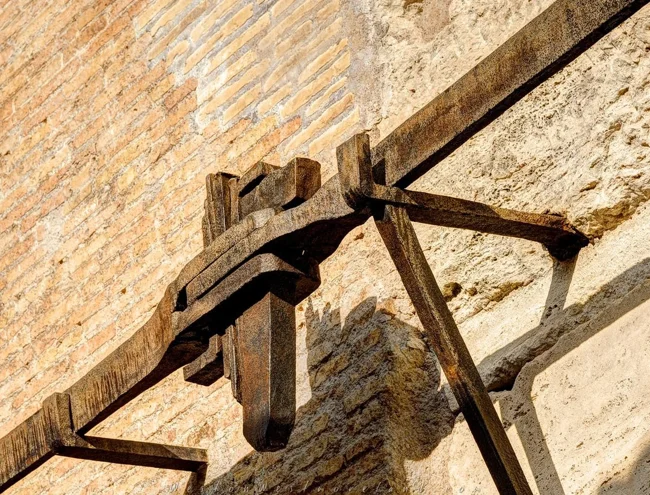
The reinforcement work was carried out approximately between 1807 and 1820 and continued intermittently throughout the 20th century.
4. Iron cages in which the bodies of three Anabaptist leaders were displayed: John of Leiden, Bernt Knipperdolling, and Bernhard Krechting. 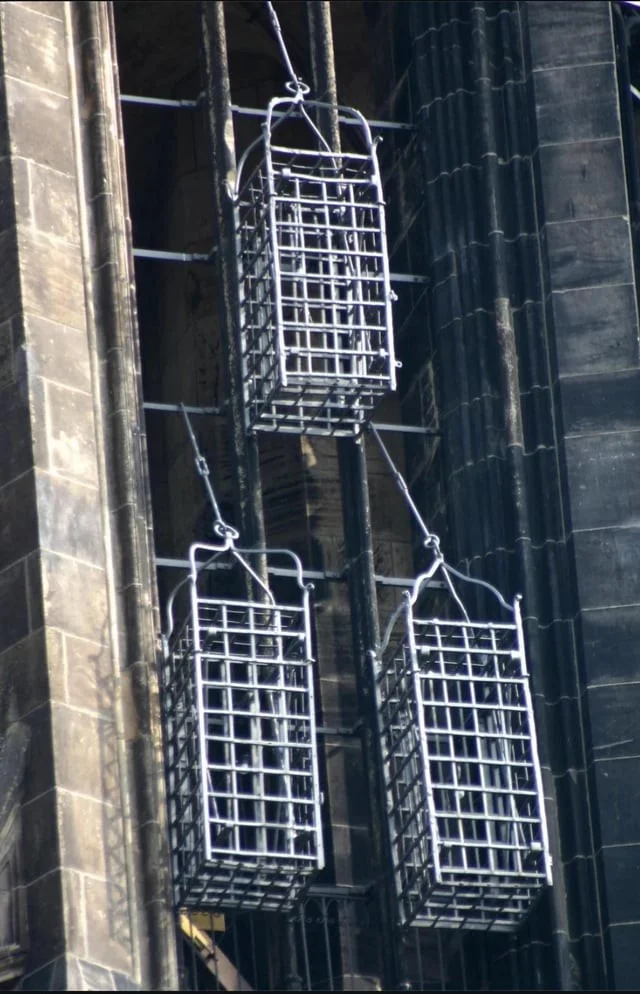
They were publicly tortured and executed after the Münster Rebellion of 1534–1535. The cages hang from the spire of St. Lambert's Church in Münster to this day. 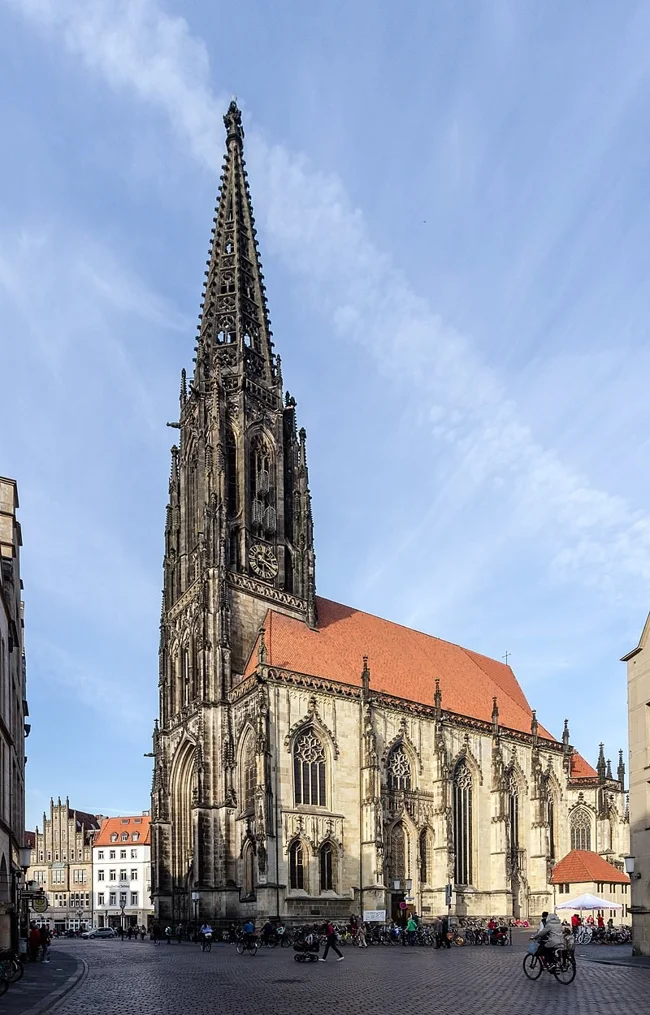
Church of St. Lambert
5. Ivory kris (dagger) hilt in the shape of a demon 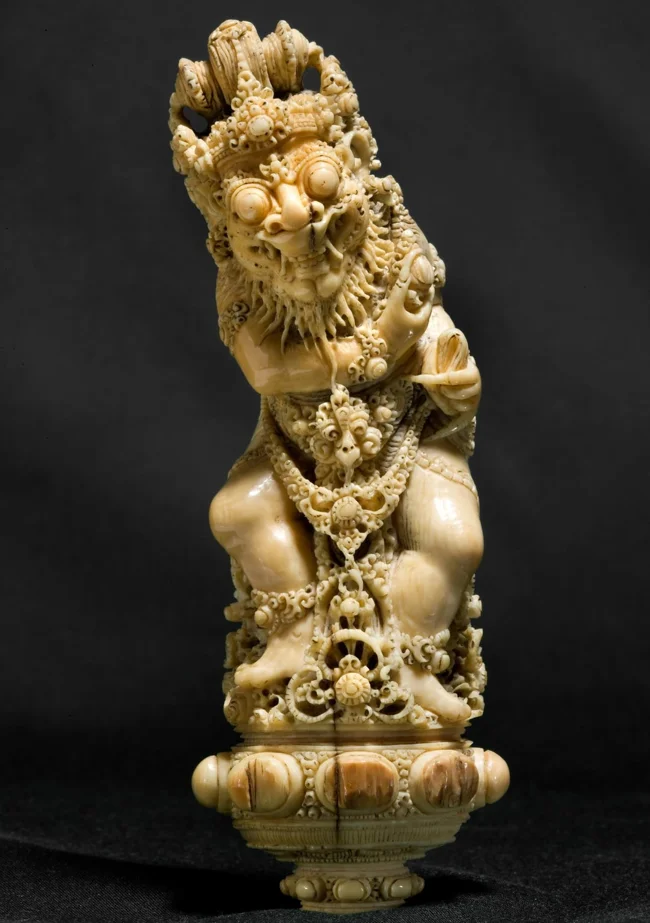
Indonesia, 1750–1850
6. A Roman temple-theater complex located at an altitude of 450 meters above sea level in Caserta, dating to the 2nd century BC. 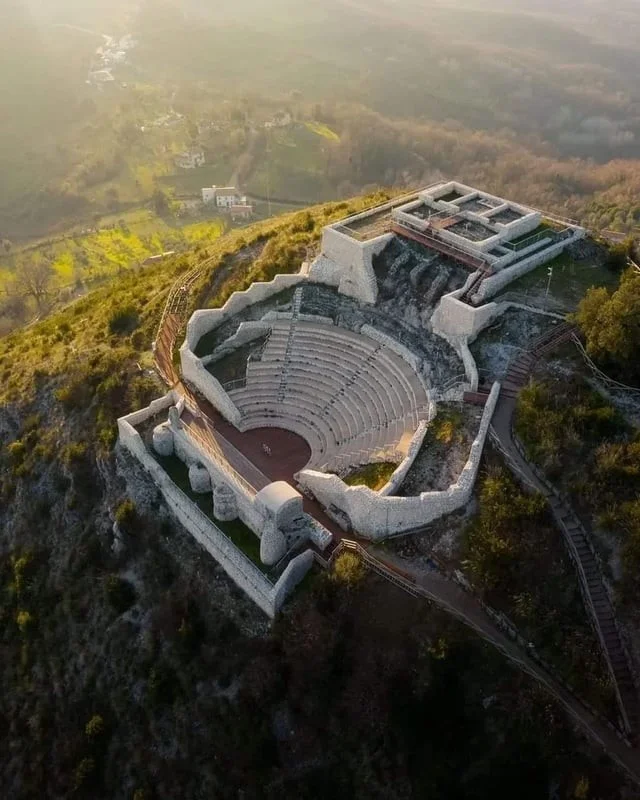
It was discovered by chance in 2000 by a local pilot flying his ultralight helicopter, who noticed its unusual layout from the air after a fire had destroyed the vegetation.
7. Plate depicting a wife beating her husband 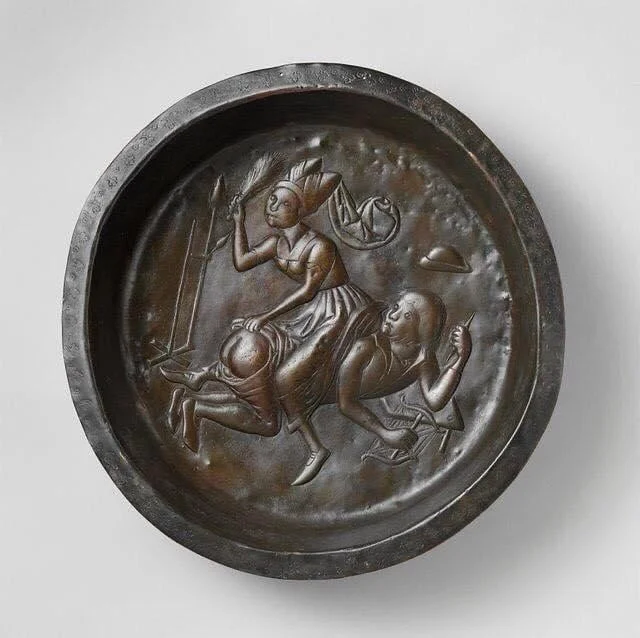
Made in Dinant or Malines, Burgundian Netherlands (modern Belgium), ca. 1480
8. Box beds, common in the Middle Ages, were highly prized for their comfort and warmth. 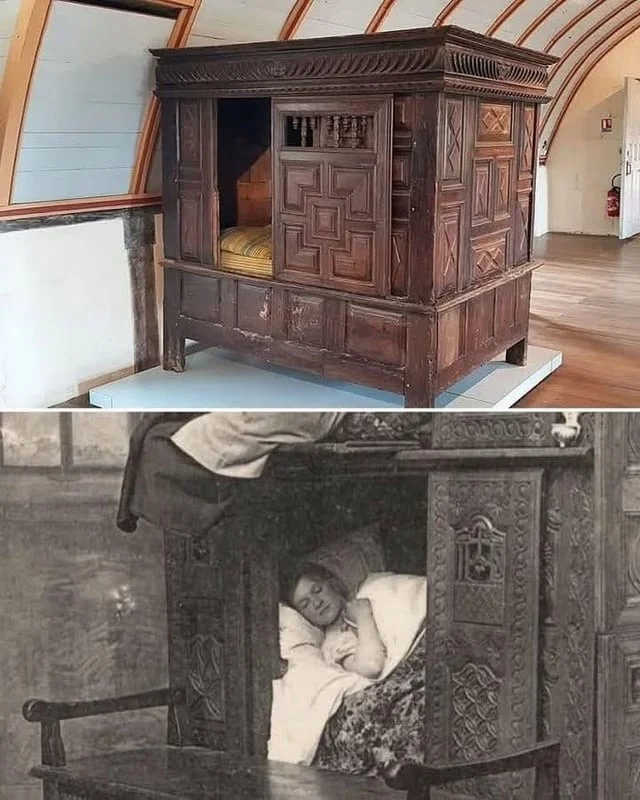
These beds were designed to retain the heat generated by the sleeper, turning them into a cozy slumber home.
9. A corner in the studio of Lucian Freud, a British artist and master of psychological portraiture, left unchanged after his death in 2011. 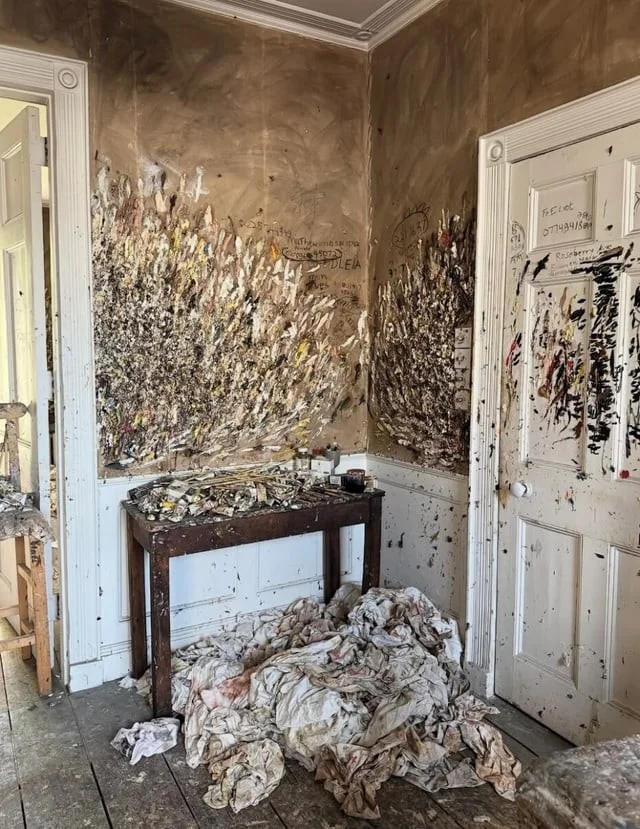
10. Two 500-year-old Persian helmets made of gilded steel with richly decorated metal masks. 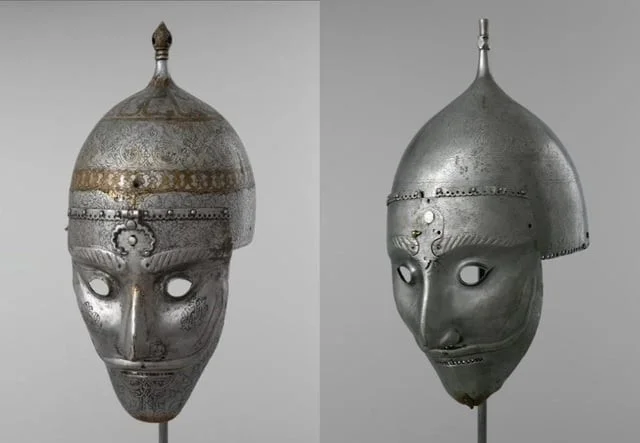
They were donated by Iran in 1534 and are kept in the Armoury.
11. Folding fan with a cat face, made by Duvelleroy 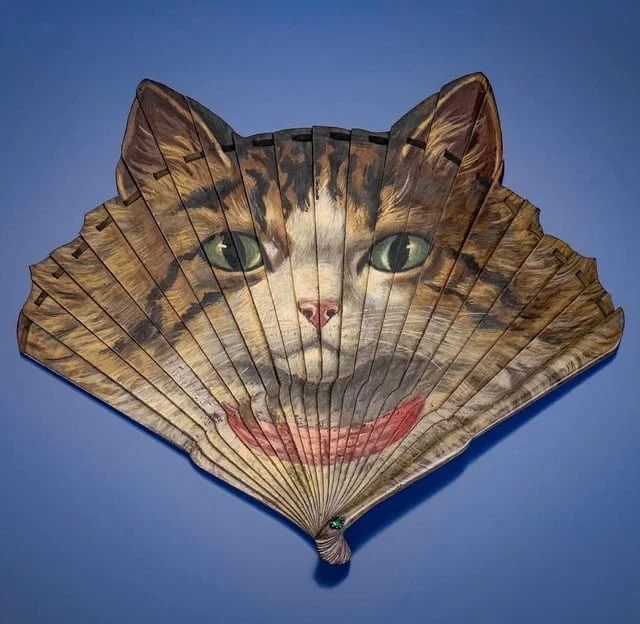
France, circa 1900.
12. In the 19th century, warriors of the Pacific nation of Kiribati wore unusual headdresses. 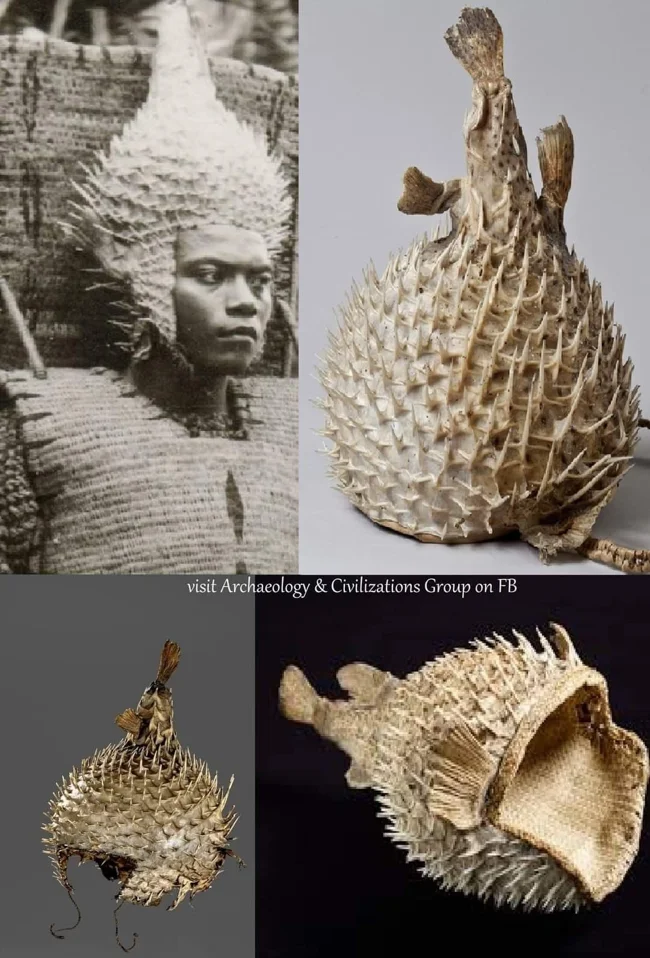
These are te barantauti helmets, made from dried porcupine fish skins.






























